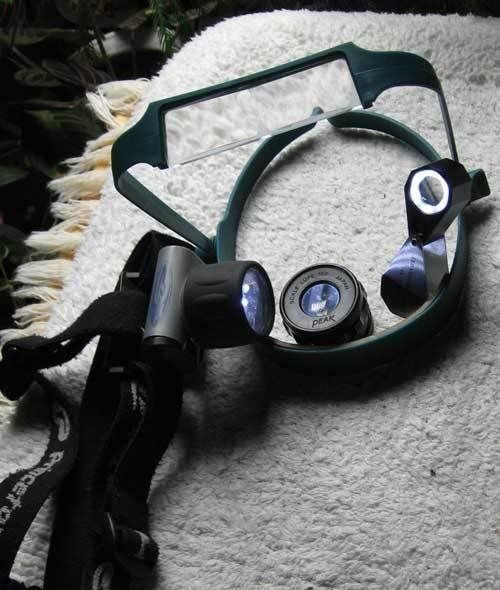- May 1, 2011
- 3,706
- 123
- 213
Could the difference be that I am using Ivomec instead?
Follow along with the video below to see how to install our site as a web app on your home screen.
Note: This feature may not be available in some browsers.

Ivermectin and abamectin belong to a newer group of potent antiparasitic agents and fermentation products from Streptomyces avermitilis (Burg and Stapley, 1989). These systemic compounds are relatively persistent, broad spectrum toxicants active against nematodes, acarines and insects. Different formulations of ivermectin that can be applied by injection, orally and topically are available, and the type of formulation can have a marked effect on the antiparasitic activity. In general, the injectable formulation exhibits the highest activity against many species of ectoparasites. However, biting lice such as B. (Damallnia) bovis (Figure2) and B. ovis from cattle and sheep, respectively, are not eliminated consistently from animals given therapeutic injection or oral administration of ivermectin, whereas sucking lice that ingest blood body fluids from their host are highly susceptible (Benz el al. 1989). This difference may be related to the superficial feeding pattern of biting lice since when ivermectin is applied topically to cattle it effectively controls several ectoparasites (Barth etal., 1986; Alva-Valdes et al., 1986; Hotson et al., 1985) including sucking and biting lice..
